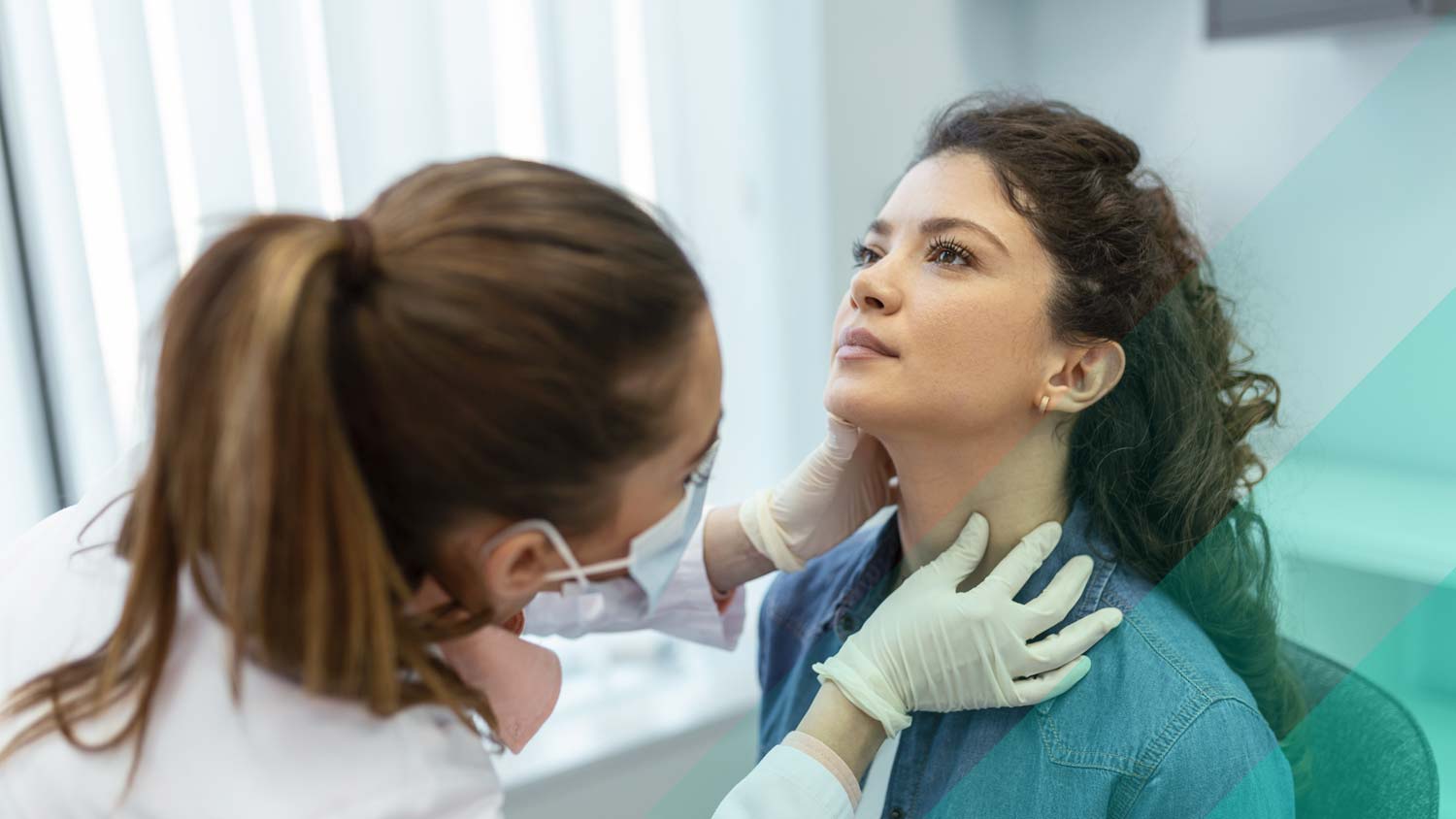Self-injury is the deliberate destruction of a person’s own body. This behavior is not always an attempt at suicide but rather an unhealthy way of coping with emotional pain, frustration, and anger.
While a person suffering from self-injury tendencies may receive a sense of peace immediately after the act, this is usually followed by more painful feelings of guilt and shame. When negative emotions return, the cycle of self-injury repeats itself, sometimes leading to serious and possibly fatal consequences.
Causes and risk factors
It’s uncommon for someone to have just one reason for acting on self-injury. The most common causes may include a combination of the following:
- Genetic – Many mental illnesses that create an urge to self-injure possess genetic components. People born into families with a history of mental illness are at a greater risk for developing the same disorder(s), increasing their likelihood of self-injurious behavior.
- Physical – Mental illness is the result of neural chemical imbalances that disrupt emotional regulation. People with these imbalances may self-injure in an effort to experience emotions or better express themselves.
- Environmental – Survivors of abuse are at a greater risk for self-injurious behavior as they attempt to cope with overwhelming emotions and trauma.
- Other risk factors – Women in their early teens and 20s are the most vulnerable group when factoring in previously mentioned risk factors. Those who have friends that self-injure, feel unstable in their identity or sexuality, and people who abuse drugs and alcohol are also at heightened risk.
Signs and symptoms
The key to successful recovery is early detection. While signs and symptoms may differ between individuals, in general, a person with self-injury patterns will display some of the following signs and symptoms.
Some behavioral symptoms can include:
- Wearing long sleeves or pants, even on hot days
- Clumsy excuses for frequent injuries
- Requiring a lot of alone time
- Difficulty maintaining friendships and other relationships
- Keeping sharp objects implements of self-injury on hand
- Withdrawal from activities and hobbies
- Unpredictable, impulsive behaviors
Emotional symptoms may include:
- Uncertainty about personal identity
- Feelings of helplessness
- Feelings of hopelessness
- Feelings of worthlessness
Physical side effects usually include:
- Scars
- Fresh scratches or cuts
- Bruises
- Broken bones
- Patches of missing hair
Finding help
If you relate to any behaviors or physical symptoms listed above, help is available. The first step is always the hardest, but at Valley Oaks Health, we will be with you until recovery is reality.
If you recognize these signs and symptoms in a loved one, you may feel helpless. Approaching them with love and compassion may be challenging, but healing is available for both of you.
If you’re ready to have that conversation about an eating disorder, contact Valley Oaks today.






